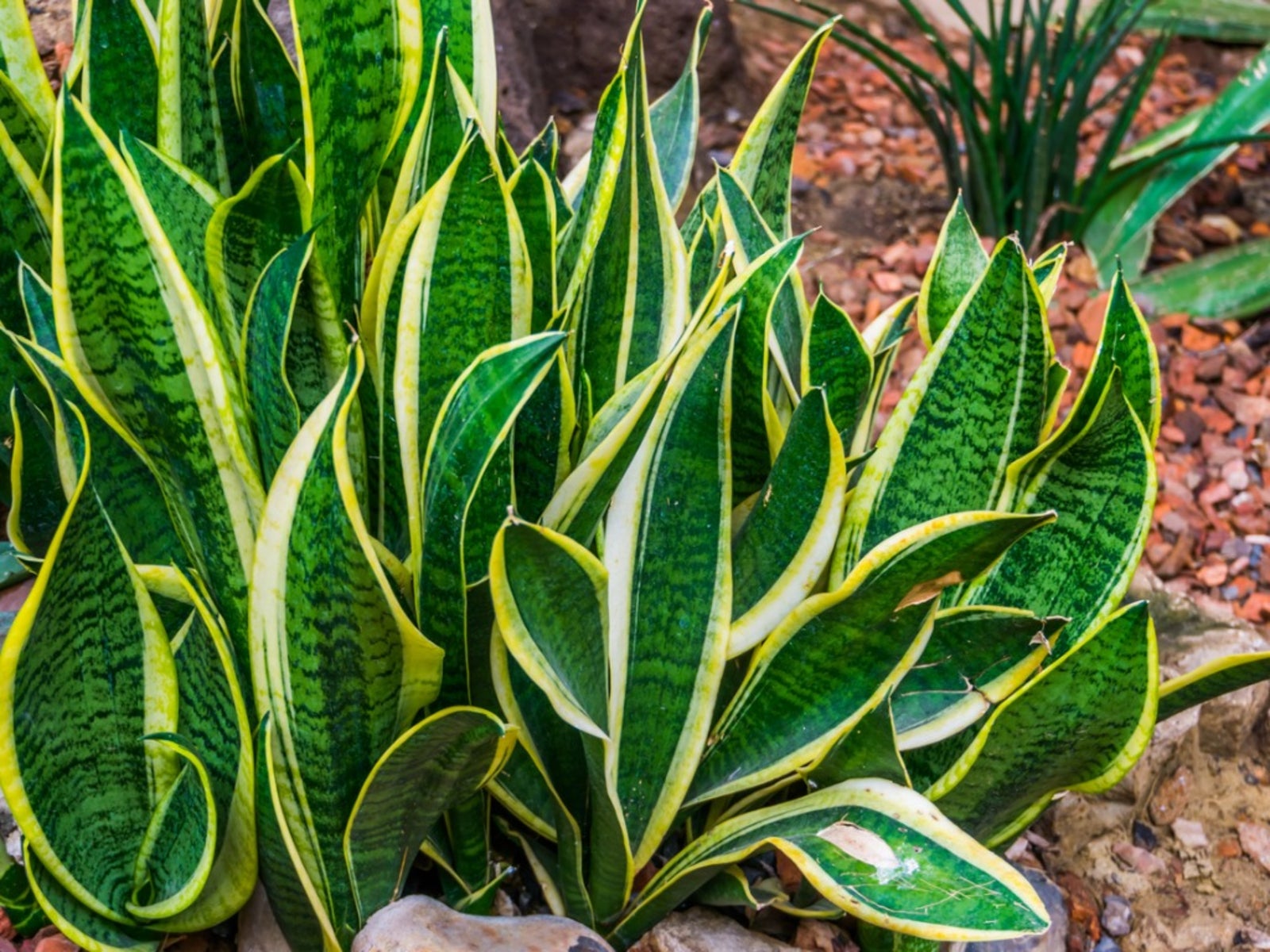How To Get Rid Of Snake Plants
The (usually) popular snake plant, also known as mother-in-law tongue can become invasive. Learn how to cope when this distinctive plant outgrows its boundaries.


What to Do When Mother-in-Law Plants Become Invasive
Beauty is definitely in the eye of the beholder, and the (usually) popular snake plant, (Sansevieria), also known as mother-in-law tongue, is a perfect example. Read on and learn how to cope when this distinctive plant outgrows its boundaries.
Sansevieria (Mother-in-Law Tongue) – Weeds or Wonders?
Is mother-in-law tongue plant invasive? The answer is it depends on the variety. There are many different types of Sansevieria and most, including the popular Sansevieria trifasciata, are perfectly well behaved and make hardy, attractive indoor plants.
However, University of Florida IFAS Extension reports that Sansevieria hyacinthoides has escaped cultivation and has become a nuisance in south Florida – primarily coastal areas in USDA zone 10 and above.
The plant is native to tropical Africa and was introduced to the United States as an ornamental. It has been a problem since the early 1950s for its proclivity to choke out native species. Many experts consider the plant to be among the worst invaders of natural ecosystems.
How to Get Rid of Snake Plants
Unfortunately, control of mother-in-law tongue plant is extremely difficult. As of yet, no products have been approved for use against this harmful plant in the United States. Experiments with products containing toxic chemicals have proven to be largely ineffective.
The most effective way to remove small stands is by hand pulling or digging. Remove weeds when they are young and the rhizomes aren’t deep – always before the plant has time to bloom and go to seed. Weeding is easier if the ground is slightly moist. Be sure to remove entire plants and rhizomes, as even small plant pieces left in the ground can take root and grow new plants. Dress appropriately and watch for snakes and spiders, which are commonly found in snake plant thickets.
Persistence definitely pays off when it comes to control of mother-in-law tongue plant. Keep a careful watch on the area and pull plants as soon as they emerge. Despite your best efforts, total control may take two or three years. Large stands may require mechanical removal.
Sign up for the Gardening Know How newsletter today and receive a free copy of our e-book "How to Grow Delicious Tomatoes".

A Credentialed Garden Writer, Mary H. Dyer was with Gardening Know How in the very beginning, publishing articles as early as 2007.